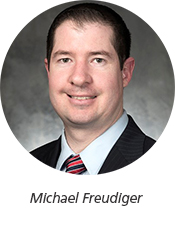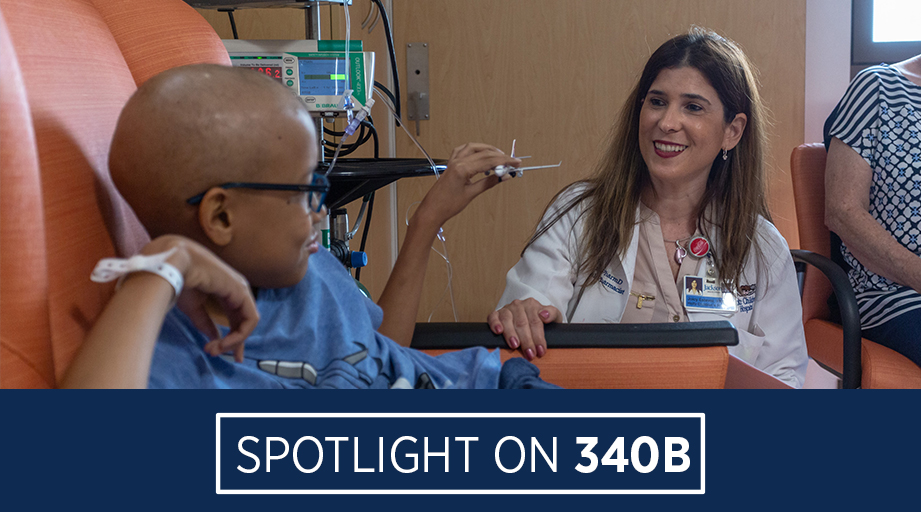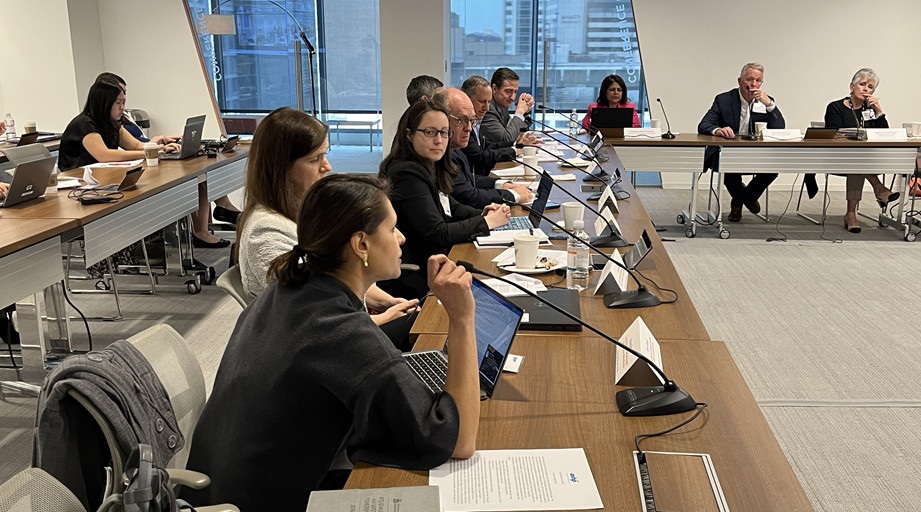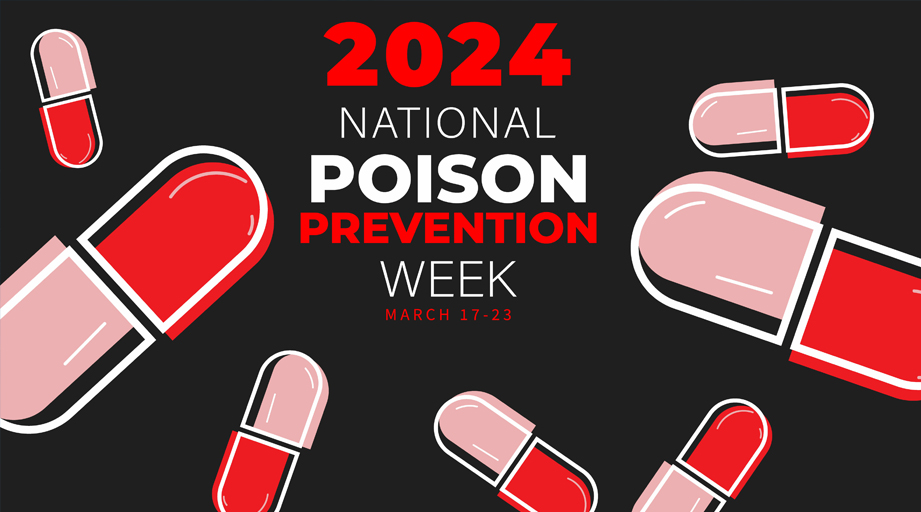
 When the latest compounding standards from the U.S. Pharmacopeia (USP) go into effect, Cone Health in North Carolina will be ready, says Kevin Hansen, Assistant Director of Pharmacy at 517-bed Moses H. Cone Memorial Hospital in Greensboro.
When the latest compounding standards from the U.S. Pharmacopeia (USP) go into effect, Cone Health in North Carolina will be ready, says Kevin Hansen, Assistant Director of Pharmacy at 517-bed Moses H. Cone Memorial Hospital in Greensboro.
“We’ve actually done a considerable amount of construction, renovation, and even built out some brand new pharmacies ... to ensure compliance,” he said. “It’s been a multiple-year journey for us to get to where we’re at.”
USP in June officially released revisions to general chapters <795> (“Pharmaceutical Compounding — Nonsterile Preparations”) and <797> (“Pharmaceutical Compounding — Sterile Preparations”) along with the new chapter <825> (“Radiopharmaceuticals—Preparation, Compounding, Dispensing, and Repackaging”).
All three chapters have an announced implementation date of December 1, 2019, as does the previously released USP General Chapter <800>, “Hazardous Drugs — Handling in Healthcare Settings.”
The compounding chapters require facilities to identify a “designated person,” named in a standard operating procedure, who is responsible for compliance with the standards.
Hansen said Cone Health created a pharmaceutical compounding advisory council to identify designated staff throughout the health system’s facilities and, more generally, to coordinate the adoption of and compliance with the standards.
Hansen is the designated person for compounding oversight at his hospital.
He said the health system’s biggest compliance issues involve sites where staff perform sterile compounding activities in a pharmaceutical isolator, or glovebox, within a segregated compounding area (SCA).
The previous version of Chapter <797> allowed these sites to assign the maximum allowed beyond-use date (BUD) to a compounded sterile preparation (CSP) prepared in this way. Under the revised chapter, CSPs prepared under these conditions have a maximum BUD of 12 hours at controlled room temperature and 24 hours at 2–8 °C.
But if the CSP is prepared in a cleanroom, with or without a glovebox, the maximum BUD for preparations made from sterile components and not terminally sterilized is four days at room temperature and 10 days at 2–8 °C. The maximum BUDs are 30 days at room temperature and 45 days at 2–8 °C if the CSP is prepared from sterile components and passes sterility testing. And CSPs that are derived from sterile components and undergo terminal sterilization may be assigned even longer BUDs.
Hansen said these changes have prompted his organization to thoroughly review data on drug stability to ensure CSPs have appropriate evidence-based BUDs.
The BUD provisions in Chapter <797> are tied to USP’s elimination of risk-based categorization of CSPs. The revised chapter instead designates two CSP categories that relate to the conditions under which compounding occurs and the likelihood of microbial growth. Compounding performed in an SCA is always Category 1, although Category 1 compounding may also be done in a cleanroom.
Category 2 CSPs must be prepared in a cleanroom suite. ISO Class 5 or better primary engineering controls are required for both Category 1 and Category 2 compounding.
“It’s actually more simplified,” Hansen said of the new categorization system. “Previously, with the risk levels, we had to determine things like how many packages are we using, how many transfers are we going to be doing, and ... when does low risk become medium risk.”
He said Cone Health’s response to these changes in Chapter <797> was to install cleanrooms at some sites that previously lacked them and to ensure that those sites satisfy USP’s requirements for sampling, microbial testing, and garbing competency.
 Michael Freudiger, Compounding and Regulatory Compliance specialist for Valley Children’s Hospital in Madera, California, and Senior Consultant in sterile compounding for ASHP Consulting, said the changes to CSP categories and their associated BUDs probably don't affect larger hospitals but do "affect many smaller hospitals, especially if their process was to batch things for the weekend."
Michael Freudiger, Compounding and Regulatory Compliance specialist for Valley Children’s Hospital in Madera, California, and Senior Consultant in sterile compounding for ASHP Consulting, said the changes to CSP categories and their associated BUDs probably don't affect larger hospitals but do "affect many smaller hospitals, especially if their process was to batch things for the weekend."
“Many rural hospitals don’t have a fully functioning compliant cleanroom. They just have a segregated compounding area. They had bought these enclosed gloveboxes as the alternative. And it worked all the way up to this point,” he said.
Freudiger said he thinks the helpful changes to Chapter <797> outweigh those that may pose implementation challenges. He said that’s especially true at facilities that modernized their compounding space to conform with cleanroom design recommendations in the previous version of the chapter that have now become requirements.
He said Chapter <795> also has helpful changes related to BUDs, which are assigned on the basis of dosage form, water activity, and the presence or absence of a preservative.
The revised chapter specifies that aqueous dosage forms that contain a preservative can have a maximum BUD of 35 days when kept at controlled room temperature or refrigerated.
“The previous USP <795> chapter had a 14-day BUD for water-containing oral formulations but did not have an allowance for longer BUDs when the preparations contained a preservative, even when stability data supported a longer BUD,” Freudiger said. “The problem, especially in a children’s population, was that the family had to come back and get a prescription every two weeks. That may not work for some insurance plans, that may not work if they have to travel long distances.”
USP stated that it took patient access issues into account when establishing BUDs.
Freudiger looks forward to using the new BUDs to permit the storage of CSPs in automated dispensing cabinets for up to four days rather than replacing CSPs daily to comply with the current 30-hour BUDs.
“There’s a lot less drug waste that way, and it will help with the workflow,” he said of the new BUDs. “We can make batches of CSPs every 4 days instead of daily.”
But he is waiting for the California State Board of Pharmacy to complete its evaluation of the standards and issue guidance on implementing them.
“If I were to put into practice those longer beyond-use dates now, I’d technically be in violation of state law,” he said.
The North Carolina Board of Pharmacy announced that the compounding standards will be enforceable in the state on December 1. Hansen said the pharmacy board has been encouraging sites to be ready to implement the new provisions.
USP’s Compounding Expert Committee met August 8 in Rockville, Maryland, to hear appeals and requests for postponement of the revised standards.
Meeting attendee Michael Ganio, ASHP’s Director of Pharmacy Practice and Quality, said the appeals for chapters <795> and <797> largely focused on BUD provisions and asked for implementation date postponements. Appellants also challenged the removal of language allowing the use of alternative technologies and techniques in Chapter <797>, applicability of the standards in veterinary practice, and framework and BUD provisions in Chapter <825>.
Results of the appeals to chapters <795> and <797> were announced August 16. USP stated that it will maintain the BUD provisions in the chapters but will commit to the development of “resources for extending BUDs to include stability, sterility, and monitoring (personnel and environmental) considerations.”
USP also announced that the “alternative technologies and techniques” statement in Chapter <797> will be reinstated with “clarification that it is not intended to permit BUD extension or to extend the time during which single-dose containers may be used.”
ASHP did not appeal the compounding chapters. But Ganio told the committee that ASHP is concerned about the 30-day maximum BUD in Chapter <797> for room temperature products that undergo sterility testing, which typically takes at least two weeks. If the CSP is held until the test results are in, only about half of the BUD remains.
But organizations can get the full BUD if they release CSPs before the completion of sterility testing, which the revised chapter allows without daily observation of samples for microbial growth.
Ganio said ASHP is concerned that facilities will use this option and that it “could compromise patient safety.”
He also expressed concern to the committee that Chapter <800> applies only to compounding activities described in Chapters <795> and <797> but not to medication preparation that is done in accordance with product labeling.
Ganio said this limitation means “there is potential for hazardous drugs to be prepared without any of the protections in <800> being required.”
[This news story appears in the December 1, 2019, issue of AJHP.]







